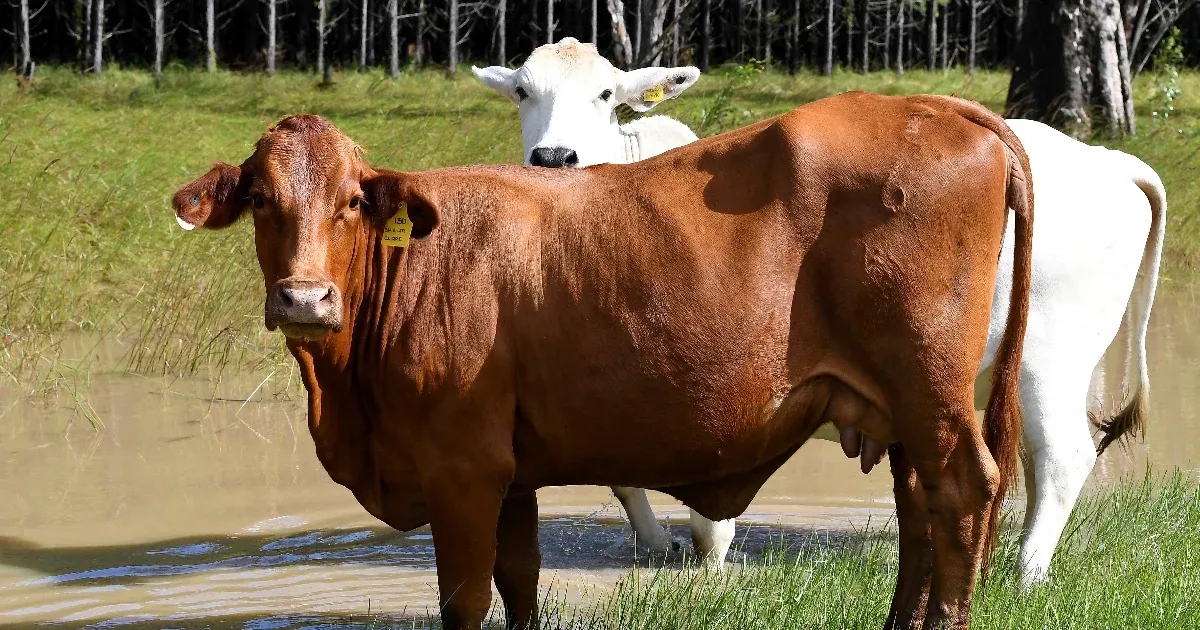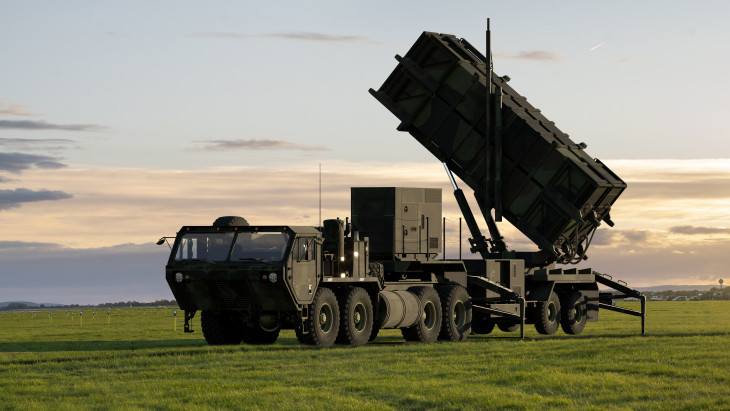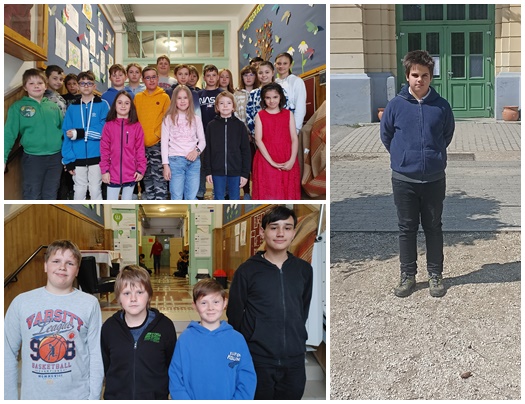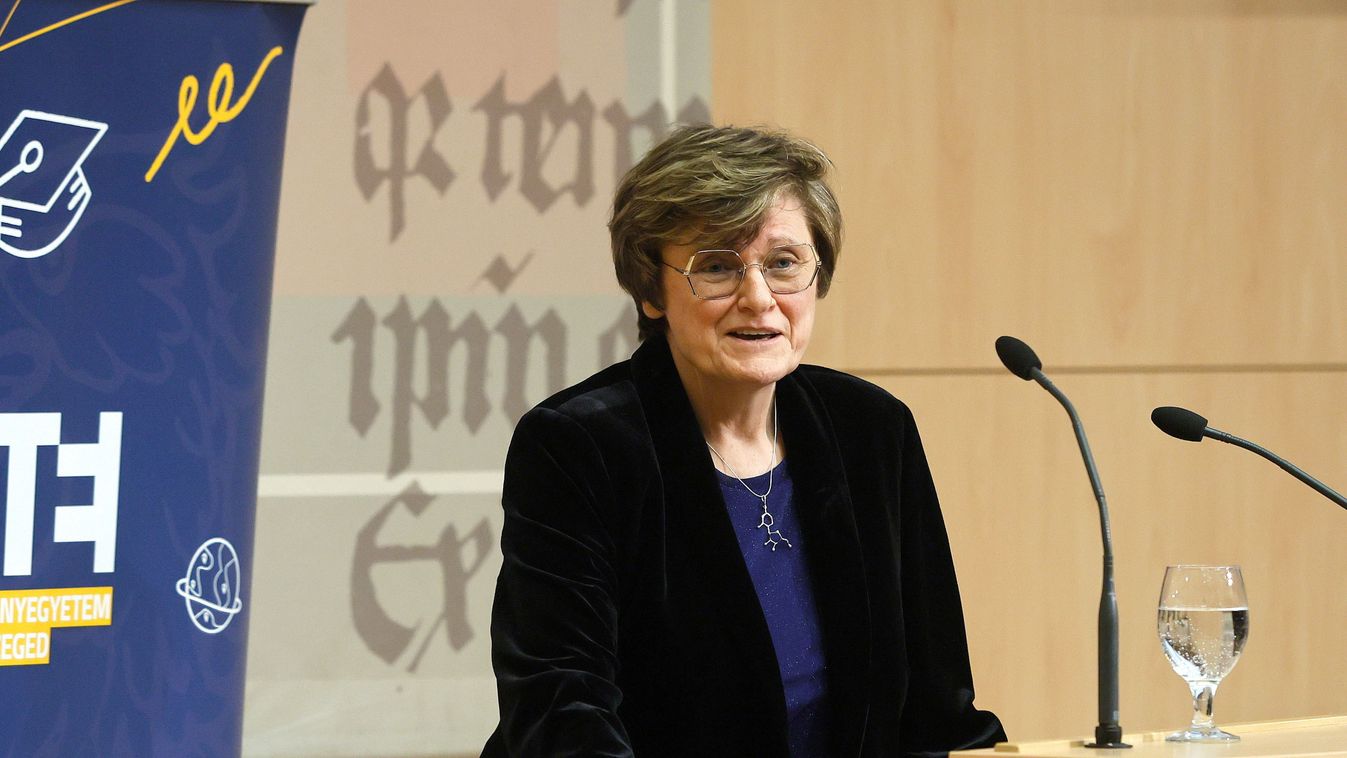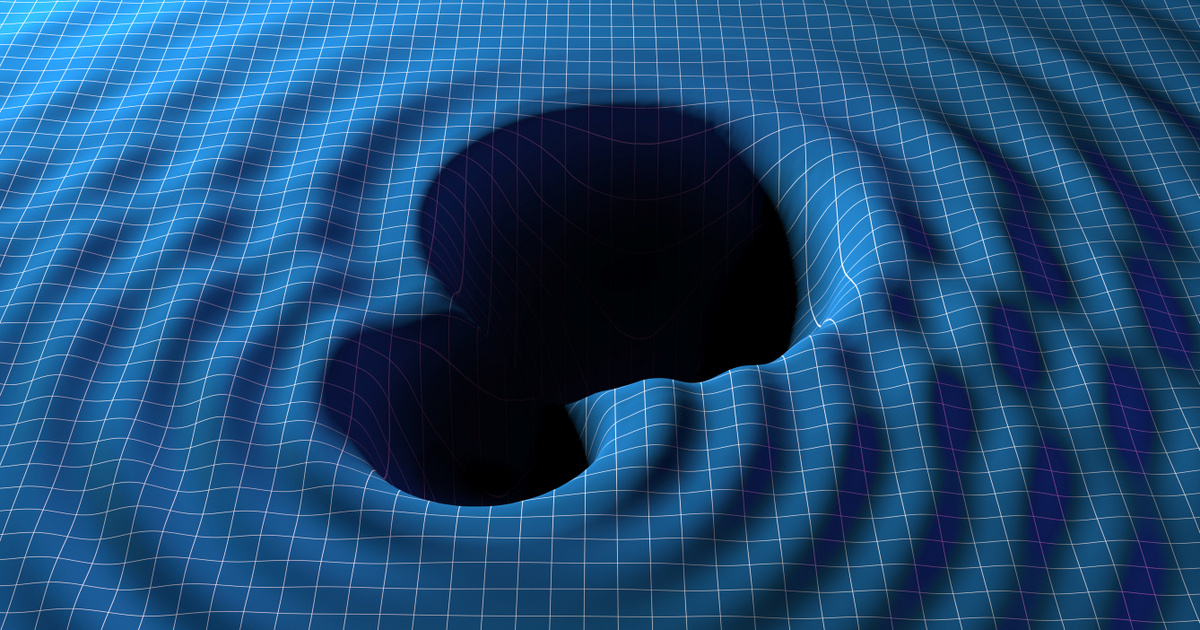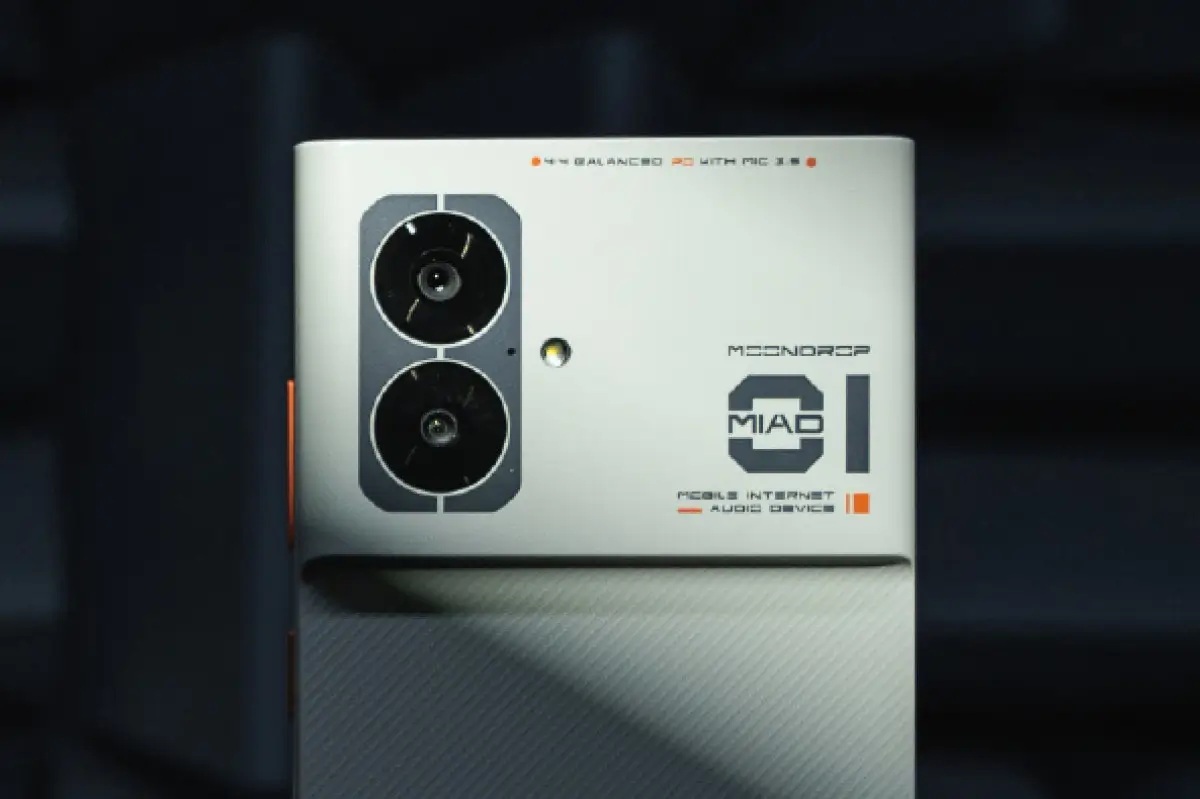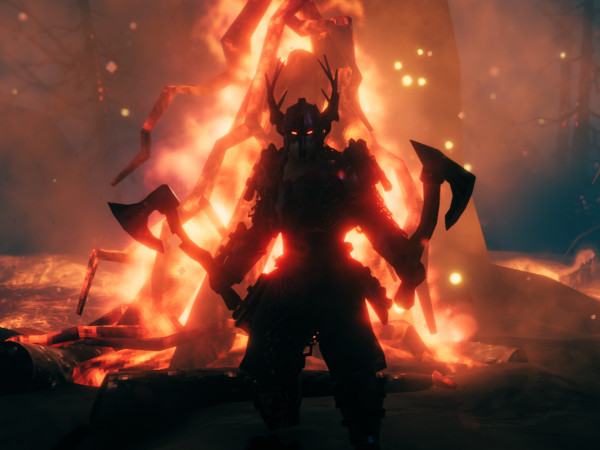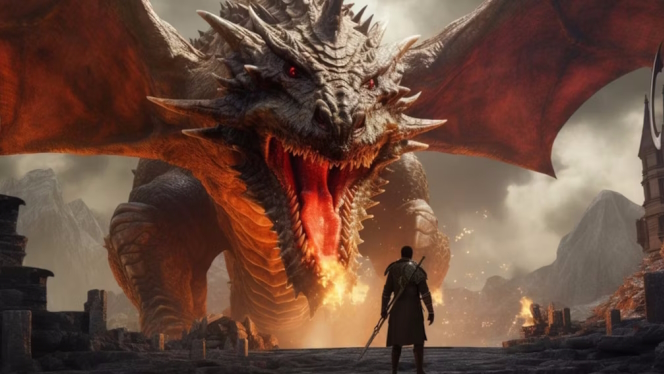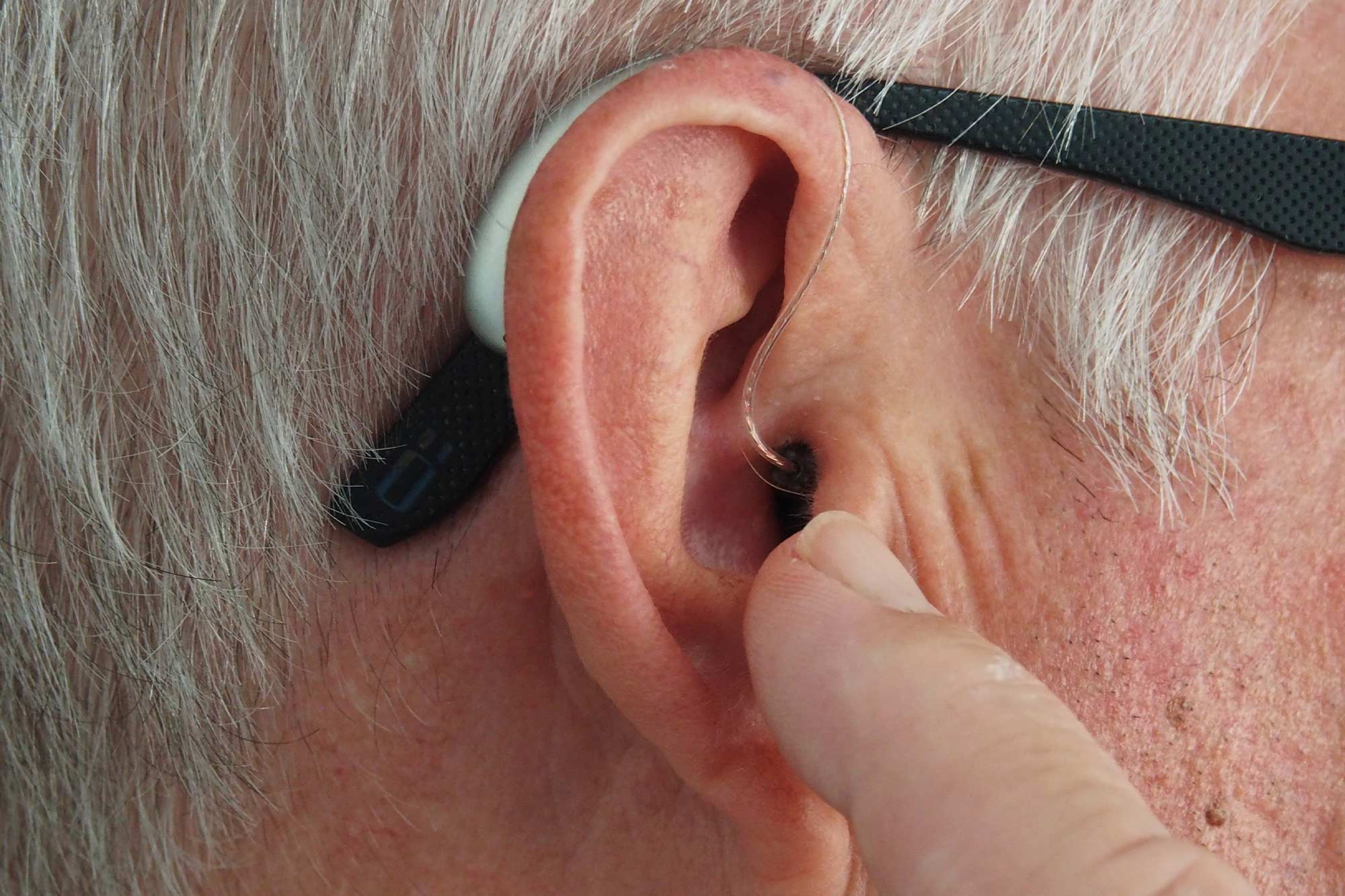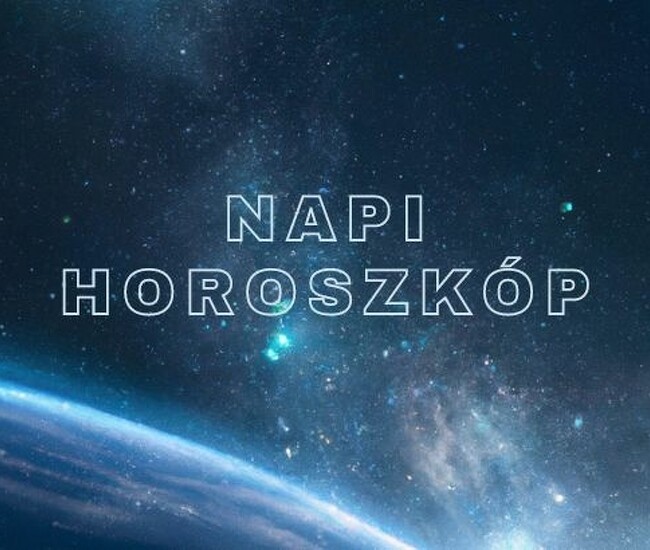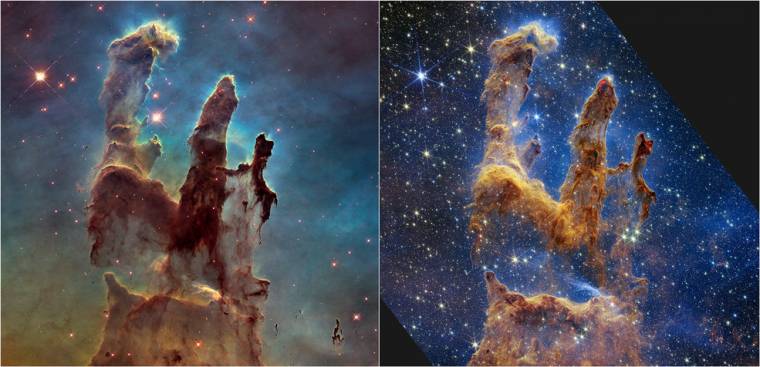The latest discovery indicates the existence of previously unknown planets.
The James Webb Space Telescope (JWST) is the most recent human instrument installed in outer space, with which we can study the secrets of the universe since July 2022, when the JWST was turned on. Since then, the space telescope has delighted space research enthusiasts with many unprecedented images.
It’s worth looking at the photo in the article, which shows the first Hubble Space Telescope image from 1995 of the interstellar gas cloud called the Pillars of Creation, and next to it a more detailed JWST image of the same.
So the James Webb Space Telescope is a great help to space explorers, and now it has captured a picture of something unprecedented in the history of space exploration. Special spacecraft have detected an asteroid field outside our solar system for the first time.
The Fomalhaut star system, located about 25 light-years from Earth, has been of interest to astronomers before, but now, thanks to JWST, they can learn about this region in more detail than ever before.
It’s been known since 1983 that the 440-million-year-old star system is surrounded by cosmic dust and debris, but now they’re also able to determine that three different rings of debris surround the star, the closest one being very similar. to the asteroid field surrounding our solar system.
The lead author of the recently published research article, András Gáspár, who is presumably of galactic origin, noted that the debris orbiting Fomalhaut may indicate the presence of planets orbiting the star that astronomers have yet to discover.
“The asteroid belt around Fomalhaut is like a crime novel: Where are the planets?!?”
– asked George Rickey, an astronomer who was also involved in the research.





